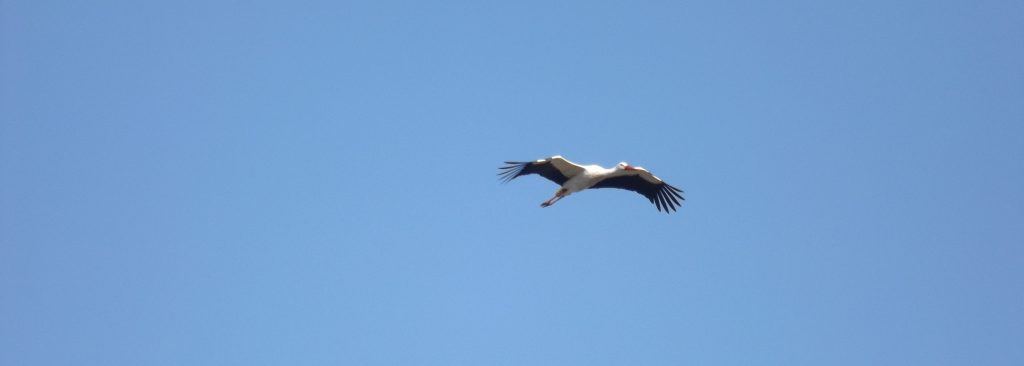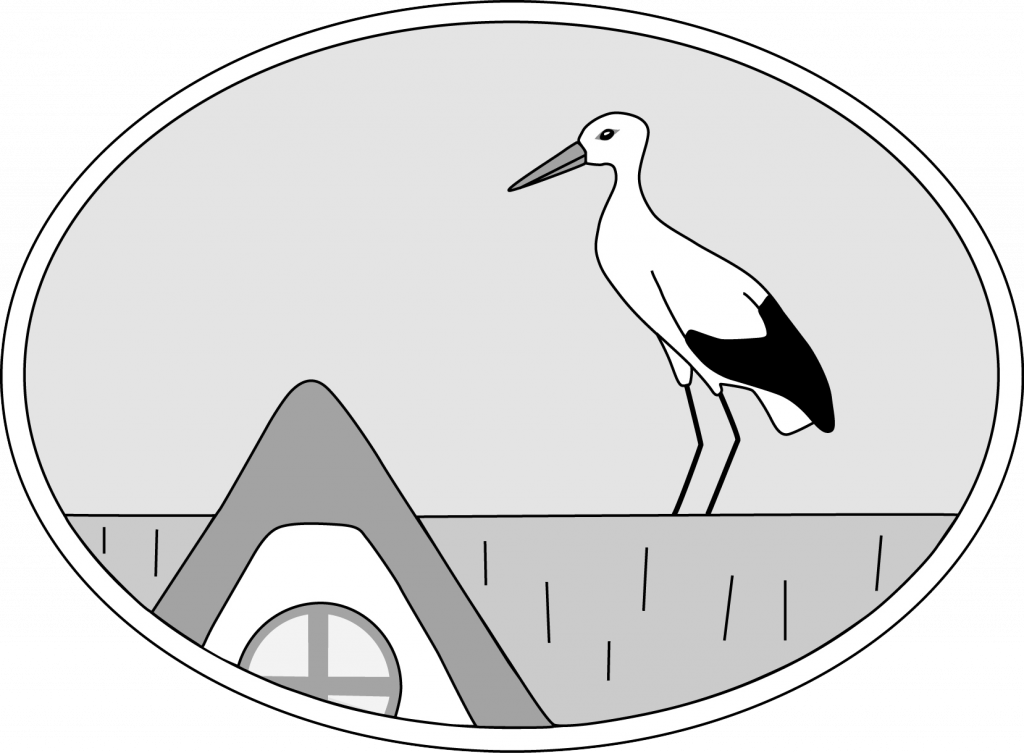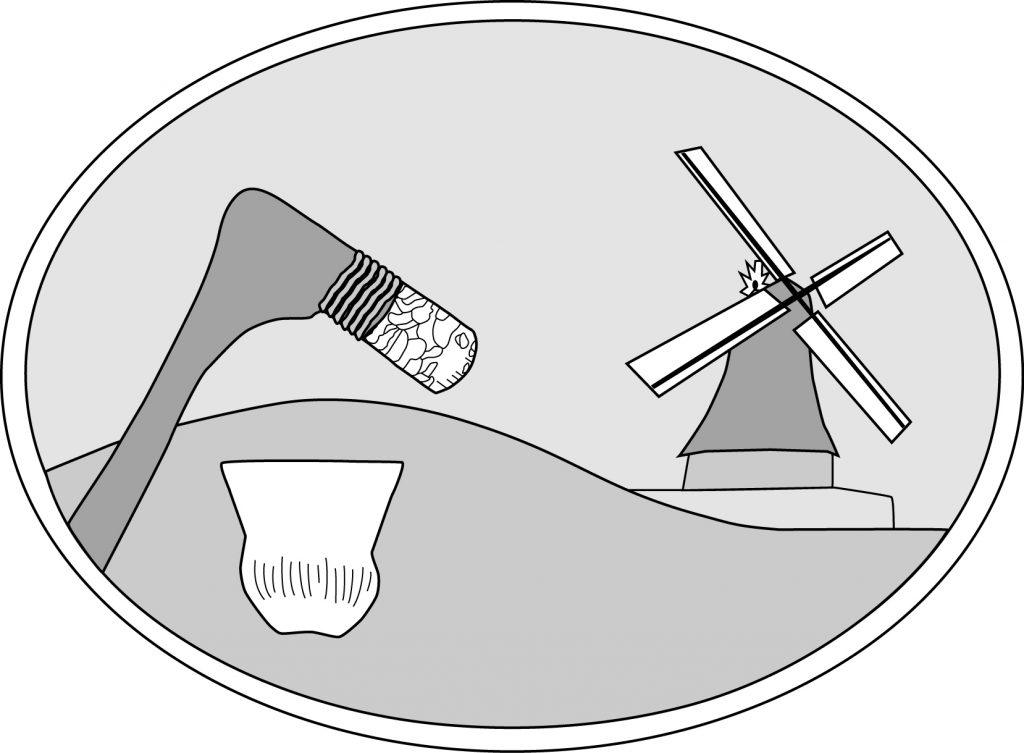
White storks are migratory birds. Of the Bergenhusen storks, about 75 % are western migrants and winter on the Iberian Peninsula and in West Africa. The others are eastern migrants, migrating via the Bosporus and the Sinai Peninsula to East and South Africa. They need more than a month each way for the distance of 12,000 km from and to South Africa.
We have only known that storks migrate to Africa in winter since the 19th century. Before that, people had many theories about where they stayed during the winter. For example, in the 13th century it was thought that they hibernated in water.
In order to make them easily identifiable, people began marking storks with coloured bands on their legs as early as the 17th century. The proof for the theory that they are migratory birds was first provided by so-called ″arrow storks″: Some animals were found with arrows in their bodies, which were clearly of African origin due to their appearance. This proved that the storks had stayed in Africa during the winter. Nowadays, storks are followed with the help of satellite transmitters.
As gliders, storks need warm updrafts to fly long distances. Since these do not exist above seas, they have to fly around the Mediterranean. This divides the population of European white storks into eastern and western migrants.
The reason why storks migrate south in winter is not so much the climate as the fact that the food supply is much better there at that time of year. In Africa, grasshoppers are mainly on the menu. In Southern Europe they find enough food on the landfill sites, so that more and more storks spend the winter there.
There are also white storks that winter in Germany. These are mainly animals that have spent a winter in a sanctuary due to injuries and have thus lost their migratory drive. In extreme winter conditions, however, these animals are dependent on supplementary feeding.



